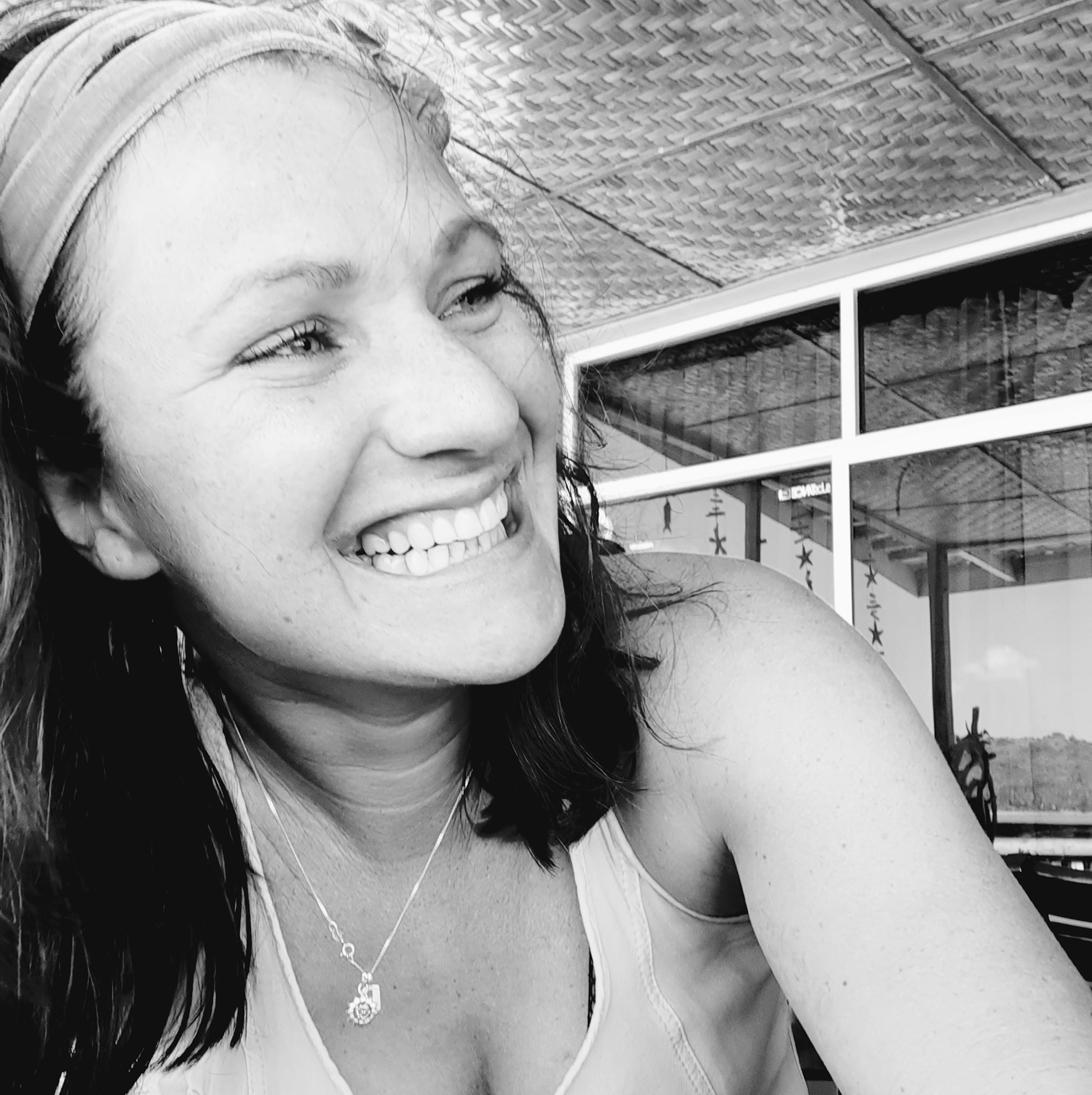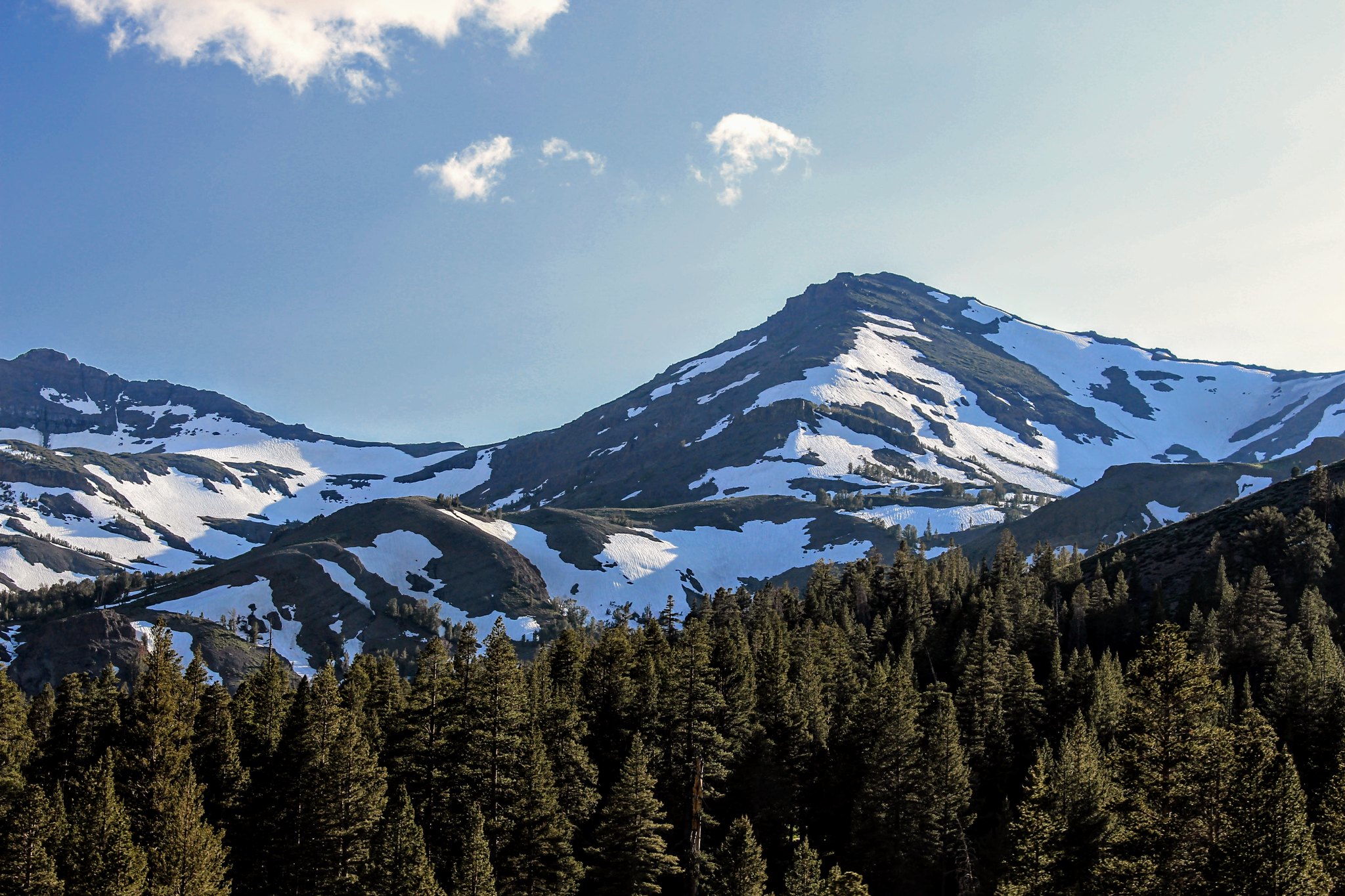They are stored in a state of lossy compression, which means that some loss of clarity is allowed for increased digital storage. In most cases, lossy compression is an acceptable loss of clarity and may not even be visible for most viewers. However, you can also save JPEGs in a lossless compression format, though they will take more room.
Contents
History of JPEGs
The Joint Photographic Experts Group defined the image standard to make it possible to save images with the least loss possible. Compressing a JPEG image does increase storage options, but the compression process can create fuzziness, particularly along sharp edges and curves.
Pixel Compression
The compression grid for pixel compression offers a better understanding of how compressed files can turn fuzzy. The more compressed the image, the less weight or quality is allowed for each grid of the image. For example, flowers against a background of greenery may still look sharp enough as the edges are naturally soft, but a building edge or bird breast against a blue sky will not be clean and will get fuzzier as you focus in on the break between subject and sky.
Filtering and Basic Editing
There are several online tools that will allow you to do some basic filtering and color changing. For example, you can change up an image with a
- crop or flip
- remove red eyes
- blur or sharpen
Depending on the quality you need, many of the free tool downloads may give you just what you need to get your images in a presentable or post-able state. One of the key considerations to make when choosing an editing software is the number of straight lines in each image. Compressed JPEGs loaded with soft edges or low-contrast edges can be quite easy to clean up and make even more attractive. However, if your images feature strong contrasts, sharp edges or large contrasts in color and brightness, you will probably get better results purchasing a specific software targeted to your image style.
Editing a JPEG: Professional Options
To change the colors in a JPEG, you will need an image editing software such as PaintShop Pro . You may need to start by converting a lossy JPEG to a lossless TIFF, or Tagged Image File to get the clearest and cleanest image possible. before you start manipulating color.
If your images are full of colors that are graded or shaded, such as flowers or animals, editing individual colors may be more labor intensive than is worth the work. However, you can make interesting and beneificial changes with a brightener or lightener software. You can also use these tools to remove shadows that are detracting from an image.
Finally, if you take most of your images on your phone, make sure you take a class on phone photography so you can get the best images possible uploaded to your software platform. Whether you’re shooting with an iPhone or a Droid, the camera can give you many customization options.

About Author
Rachel Noël is a professional photographer and videographer from the UK with over 10+ years of experience. Rachel specializes in Underwater, Tavel & Portrait photography among other areas.
